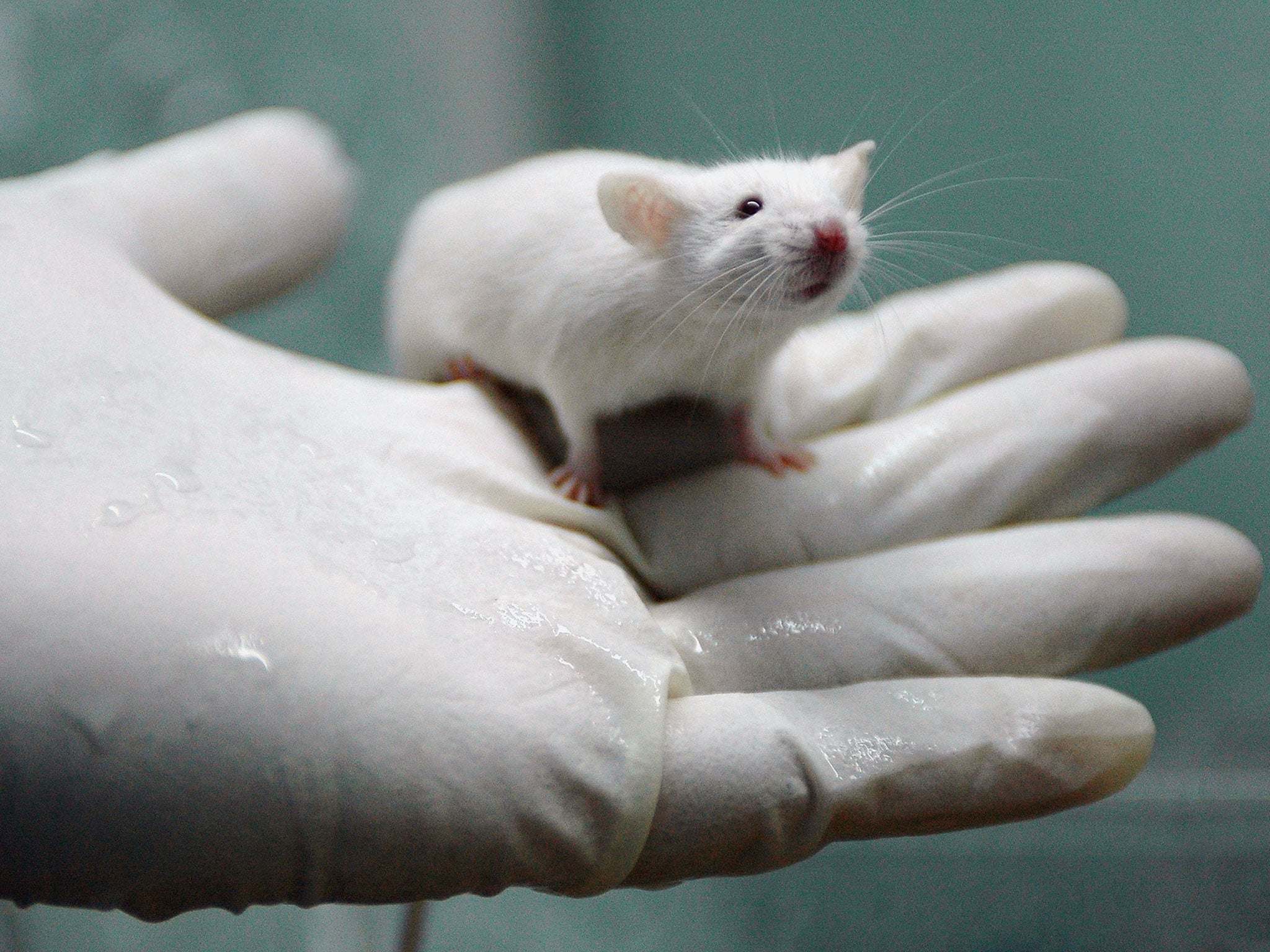Scientists regrow nerves in paralysed rats' spinal cords using human cells

Skin cells from an 86-year-old man have been turned into nerve cells that were able to grow within the damaged spinal cords of paralysed rats – raising the prospect that the technique might one day be used to treat paraplegic patients with spinal injuries.
Scientists found that skin cells taken from the elderly man can be reprogrammed into adult nerve cells or neurons using a technique called induced pluripotent stem (iPS) cells. The human neurons made “tens of thousands” of nerve connections that grew almost the entire length of the rats’ damaged spinal cords.
When the human neurons were transplanted into the animals, the nerve connections or “axons” grew straight through the damaged region of the spinal cord and even entered the brain, the scientists said. However, there was no corresponding functional improvement in the paralysis of the rats, according to a study in the journal Neuron.
“These findings indicate that intrinsic neuronal mechanisms readily overcome the barriers created by a spinal cord injury to extend many axons over very long distances, and that these capabilities persist even in neurons reprogrammed from very aged human cells,” said Mark Tuszynski, professor of neurosciences at the University of California, San Diego.
Many research projects are aimed at finding a way of using stem cells to repair spinal cord injuries, especially in the critical few weeks following an accident when it may be the best moment to trigger the regeneration of damaged nerves.
“95 per cent of human clinical trials fail. We are trying to do as much as we possibly can to identify the best way of translating neural stem cell therapies for spinal cord injury to patients,” Professor Tuszynski said.
“It’s easy to forge ahead with incomplete information, but the risk of doing so is greater likelihood of another failed clinical trial. We want to determine as best we can the optimal cell type and best method for human translation so that we can move ahead rationally and, with some luck, successfully,” he said.
Subscribe to Independent Premium to bookmark this article
Want to bookmark your favourite articles and stories to read or reference later? Start your Independent Premium subscription today.

Join our commenting forum
Join thought-provoking conversations, follow other Independent readers and see their replies